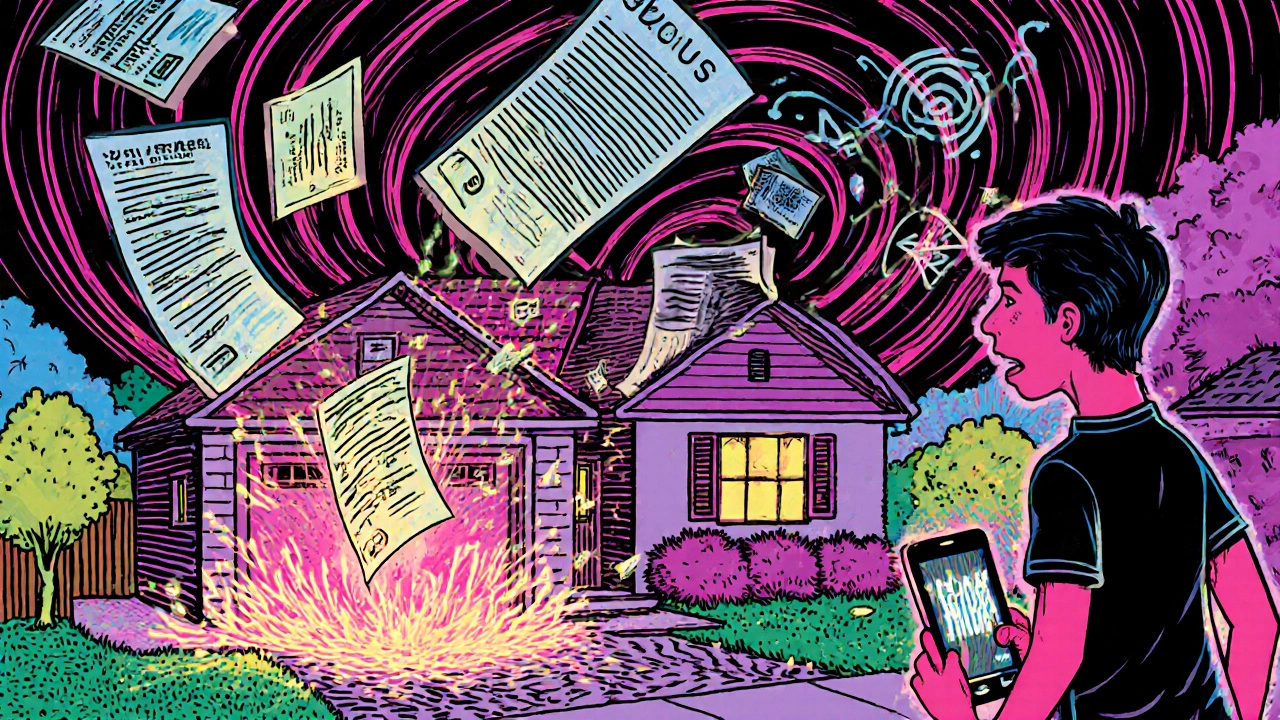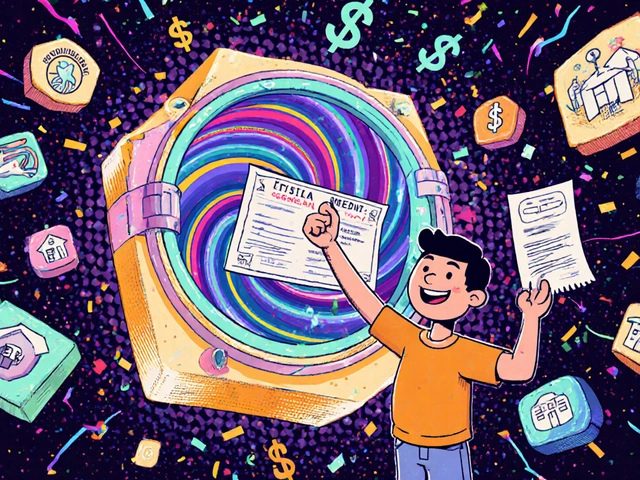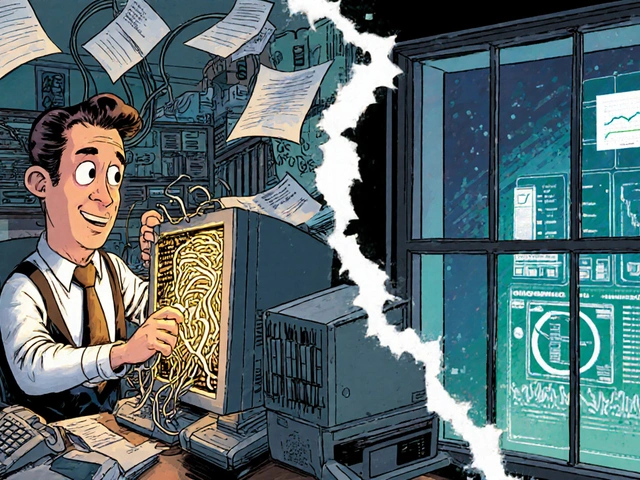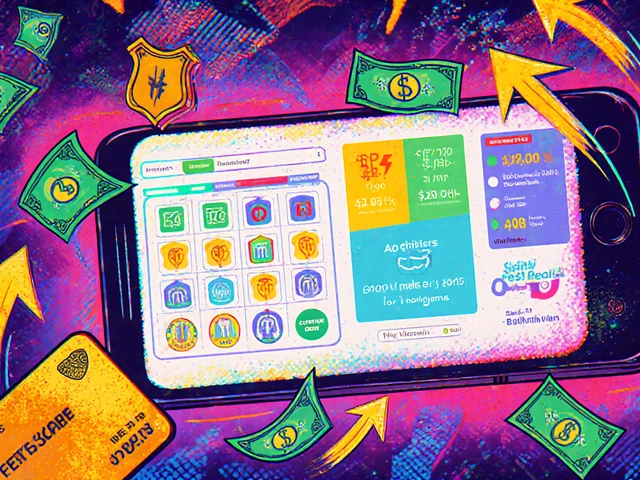Multi-Factor Authentication: How to Secure Your Investing Accounts for Real Protection
When you log into your brokerage account, multi-factor authentication, a security system that requires two or more ways to prove who you are. Also known as 2FA, it's the difference between your portfolio being safe and being emptied by a bot in seconds. Most people think typing a password is enough. It’s not. In 2024, over 80% of financial data breaches started with stolen passwords. If your broker only asks for a password, you’re already at risk.
Authentication apps, like Google Authenticator or Authy, generate time-based codes that change every 30 seconds are far safer than SMS verification, where a code is sent to your phone via text. Why? Because hackers can hijack your phone number through SIM swapping—something that happens more often than you think. One investor I know lost $42,000 because his broker only used SMS. He didn’t even know his number had been taken until his account was drained. Apps don’t rely on your phone carrier. They work offline. Even if your phone is hacked, the app stays locked.
Some platforms offer hardware security keys, physical devices like YubiKey that you plug in or tap to log in. These are the gold standard—for traders who handle large sums, they’re worth the $25 investment. They can’t be phished, hacked remotely, or intercepted. If your broker lets you use one, turn it on. No excuses.
Here’s what most people miss: multi-factor authentication isn’t just for your brokerage. It’s for your email, your bank, your neobank apps, even your crypto wallet. If you can’t log into your email, you can’t reset your password anywhere else. Hackers know this. They go after the weakest link—and for most people, that’s the email account tied to every financial service they use.
And don’t fall for the myth that "I don’t have enough money to be targeted." That’s how they get you. They start with small accounts, test the waters, then move to bigger ones. They don’t care about your balance—they care about your login pattern, your security habits. If you skip 2FA on one account, you’re signaling you’re an easy target.
Most of the posts here talk about trading strategies, portfolio diversification, tax timing. But none of that matters if someone else logs in as you. Multi-factor authentication isn’t a feature. It’s your first line of defense. It’s the thing you set up once and forget—until you need it. And when you do, you’ll be glad it was there.
Below, you’ll find real guides from investors who’ve been burned, patched their holes, and now sleep without checking their balances every hour. They didn’t wait for a breach. They acted before it happened. You can too.





